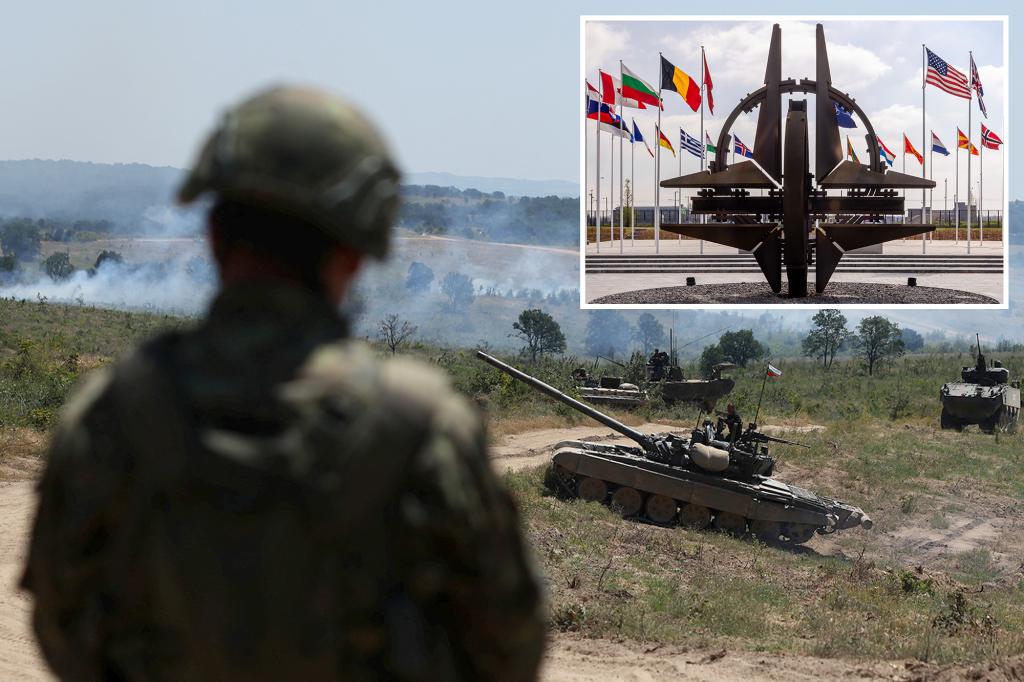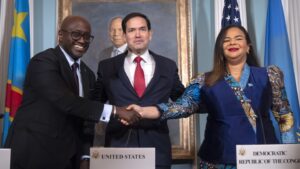
BRUSSELS/MADRID, June 22 – NATO members have reached a consensus on increasing their defense spending target to 5% of gross domestic product (GDP), a move strongly advocated by U.S. President Donald Trump. However, Spain has announced it will not comply with this new target, setting the stage for potential tensions at the upcoming summit in The Hague.
The decision was made during a meeting of NATO defense ministers in Brussels, where officials were keen to finalize a summit statement on the new spending commitment. Despite the agreement, Spanish Prime Minister Pedro Sanchez declared that Spain would not adhere to the 5% target.
Spain’s Stance on Defense Spending
Prime Minister Sanchez has stated that Spain will only increase its defense spending to 2.1% of GDP, sufficient to meet NATO’s core military requirements. In 2024, Spain spent 1.24% of its GDP on defense, approximately 17.2 billion euros ($19.8 billion), marking it as the lowest spender in the alliance relative to its economic output.
“We fully respect the legitimate desire of other countries to increase their defense investment, but we are not going to do so,” Sanchez stated on Spanish television.
NATO officials have argued that substantial increases in defense spending are necessary to counter growing threats from Russia and to enable Europe to assume more responsibility for its own security, especially as the United States shifts its military focus towards China.
Trump’s Criticism and NATO’s Response
President Trump has frequently criticized European nations for inadequate defense spending and has warned that the U.S. might not defend those who do not meet their targets. On Friday, he specifically called out Spain, describing it as “notorious” for low defense spending.
Despite this, Trump also mentioned that the U.S. should not be obligated to meet the new target, given its historical financial commitments to European defense. In 2024, the U.S. spent an estimated 3.19% of its GDP on defense.
“Spain has to pay what everybody else has to pay,” Trump asserted, highlighting the disparity in defense spending among NATO members.
The Compromise and Future Implications
The compromise text agreed upon by diplomats will be officially endorsed by NATO leaders at the summit. However, the language was adjusted from “we commit” to “allies commit,” allowing Spain to interpret the pledge as non-binding for all members.
In a letter seen by Reuters, NATO Secretary General Jens Stoltenberg assured Sanchez that Spain would have “flexibility to determine its own sovereign path” for meeting its military capability targets. A NATO diplomat emphasized that this was simply an affirmation of each ally’s autonomy in fulfilling their commitments.
NATO officials remain skeptical about Spain’s ability to meet its military capability targets with just 2.1% of GDP. The specific targets remain classified, preventing independent verification of their costs.
“All allies have now agreed to the summit statement – which includes the new defense investment plan,” a diplomat confirmed, speaking anonymously about internal matters.
Looking Ahead
The new spending target is set to be achieved by 2035, with a review scheduled for 2029. This timeline reflects a compromise from the original proposal by NATO Secretary General Stoltenberg, which aimed for a 2032 deadline.
As the summit approaches, the focus will likely remain on how NATO members navigate these financial commitments while balancing national priorities. The debate over defense spending underscores the ongoing challenge of maintaining unity within the alliance amid diverse economic realities and strategic priorities.




